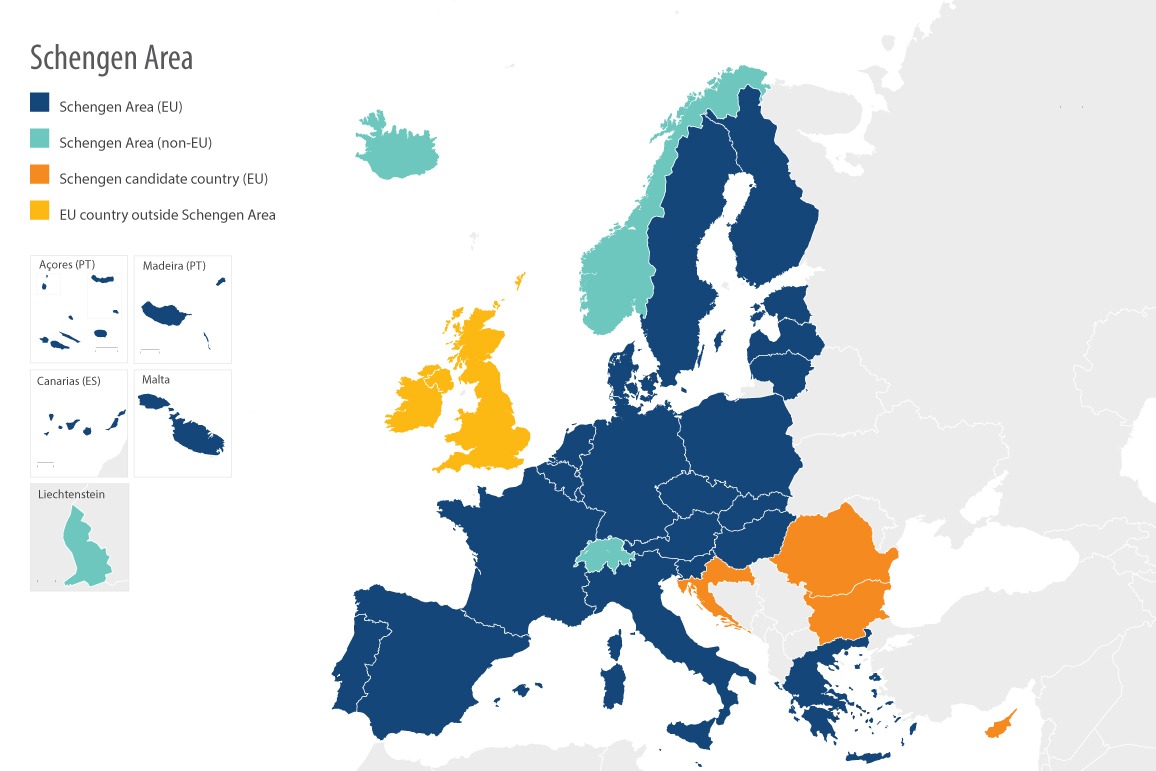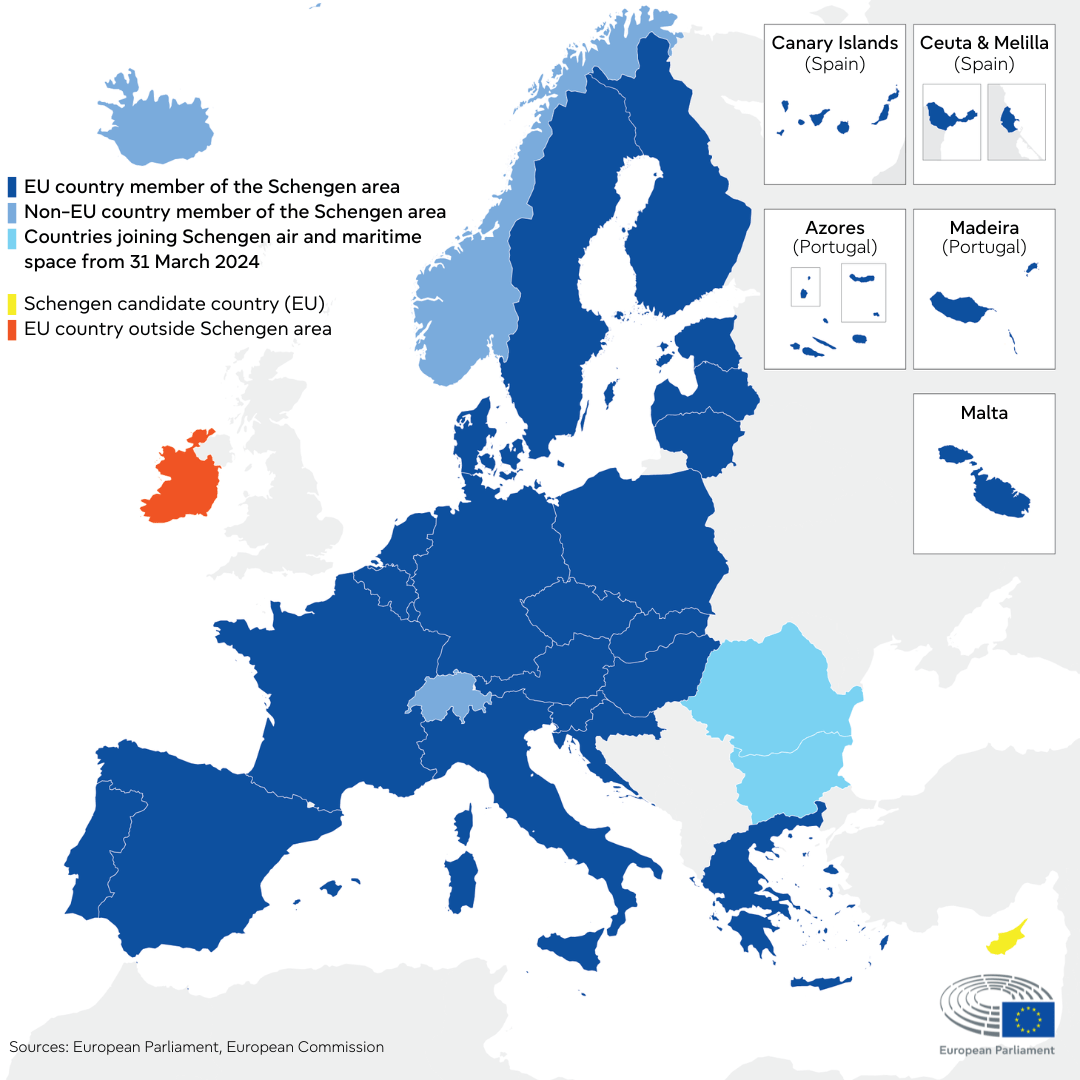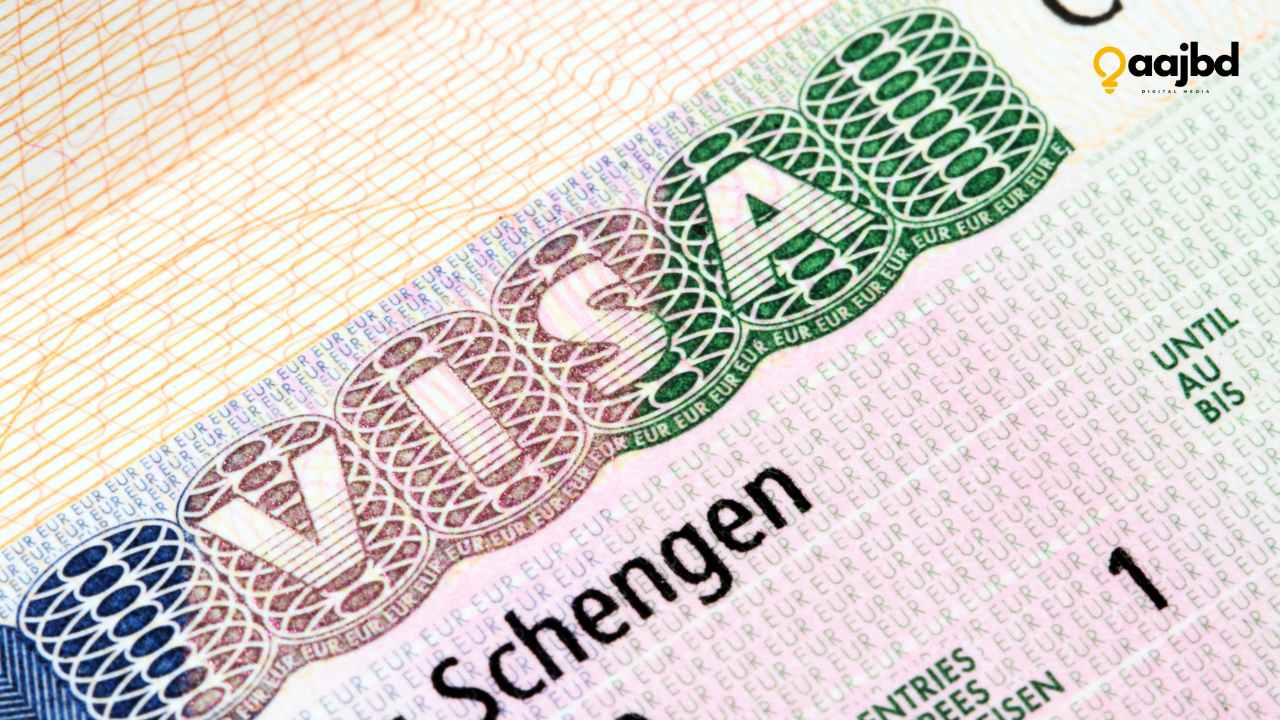Anúncios
Are you dreaming of wandering through the historic streets of Paris, savoring the culinary delights of Italy, or skiing down the Swiss Alps? The Schengen Area, with its 27 European countries, offers a treasure trove of experiences just waiting for you.
But before you pack your bags, there’s one crucial question you need to answer: How long can you actually stay in the Schengen Area without a visa? Understanding this can be the key to transforming your European adventure from a logistical nightmare into a seamless journey.
Anúncios
It’s more than just a number; it’s about maximizing your time and avoiding potential pitfalls. Dive in to discover how you can make the most of your Schengen experience without any surprises!
Visa-free Travel Basics
Traveling to the Schengen Area without a visa offers convenience. It allows tourists from many countries to explore Europe easily. Understanding the visa-free travel basics is crucial. It ensures a smooth journey without legal issues. Below, we break down the essentials.
Anúncios
Eligible Countries
Several countries enjoy visa-free travel to the Schengen Area. These include the United States, Canada, and Australia. Citizens from Japan, South Korea, and Brazil also benefit. The list extends to more than 60 countries worldwide. Checking your eligibility beforehand is essential.
Visa-free Entry Conditions
Visa-free entry comes with specific conditions. Travelers can stay up to 90 days in a 180-day period. It’s important to track your days within the Schengen Area. Overstaying can lead to penalties or bans.
Ensure your passport is valid for at least three months beyond your stay. It should also have been issued within the last ten years. Having travel insurance is recommended. It covers medical emergencies during your trip. Ensure you have proof of accommodation and a return ticket. This helps if questioned by border authorities.
Following these conditions helps maintain a hassle-free experience. Enjoy your travels with peace of mind.

Credit: www.toeuropeandbeyond.com
Duration Of Stay
The Schengen Area is a popular destination for travelers from around the globe. Understanding the rules for staying without a visa is crucial. Knowing the duration of stay can prevent unwanted issues. Here’s what you need to know about your time in the Schengen Zone.
90-day Rule Explanation
The 90-day rule is a key part of Schengen regulations. Travelers can stay for up to 90 days within a 180-day period. This applies to those from countries with visa-free arrangements. This rule ensures visitors enjoy their stay without overstaying.
It’s important to track your days correctly. Overstaying can lead to penalties. Understanding this rule helps you plan your trip wisely.
Counting Days Accurately
Counting days in the Schengen Area requires accuracy. Begin counting from your entry date. Each day within the area counts toward your 90-day limit.
Using a calendar helps track your stay. Consider using online calculators for precision. Tracking ensures you remain within the legal limit.
Remember, leaving the area resets your count. Plan your journey to fit within the 90-day timeframe. This approach avoids future travel complications.
Exceptions And Extensions
Tourists can stay in the Schengen Area for up to 90 days without a visa. Exceptions may apply for certain nationalities or situations. Extensions are possible in special cases, such as medical emergencies or compelling personal reasons, but require specific documentation.
When planning your European adventure, understanding the Schengen Area visa rules can make or break your trip. You might wonder if there are exceptions or ways to extend your stay beyond the typical 90-day limit. This section will explore some scenarios where you can stay longer without a visa and how to apply for extensions.
Situations Allowing Extended Stay
In certain situations, you might find yourself able to enjoy the European charm for more than 90 days. Some countries within the Schengen Area have bilateral agreements allowing you to stay beyond the 90-day limit. You could also benefit from a work-related situation. If you’re sent by your company for an assignment, there might be provisions for an extended stay. Personal relationships can also play a role. If you’re visiting family, some countries may offer more leeway with your stay. Imagine you’re at a picturesque café in Paris and your family decides to join you. Such personal connections could potentially extend your trip.
Applying For Extensions
If you wish to stay longer, you can apply for an extension. However, this isn’t as simple as extending a vacation. You need valid reasons like illness or unforeseen circumstances. Start by contacting the local immigration office of the country you are in. They will guide you through the process and requirements needed. Keep in mind, extensions are not guaranteed. Would you risk your plans on an uncertain approval? Have all necessary documents ready, like proof of financial means and travel insurance. It’s better to be prepared than to scramble last minute. Consider this: Is the desire to linger in Europe worth the bureaucratic hassle? If yes, then ensure your paperwork is flawless. By understanding these exceptions and extensions, you can maximize your European journey without worrying about overstaying your welcome.

Credit: www.welcometofrance.com
Consequences Of Overstaying
Overstaying in the Schengen Area can lead to serious issues. It affects your legal status and future travel plans. Understanding these consequences is crucial for any traveler.
Legal Ramifications
Overstaying can lead to legal troubles. Authorities may fine you for staying beyond your allowed period. You might face deportation. Legal actions can vary by country. Some countries may impose entry bans. This means you won’t return for years.
Future Travel Implications
Overstaying affects future travel plans. It can impact your visa applications. Authorities may view you as unreliable. This may lead to more visa denials. Your travel history becomes a concern. Overstaying can limit travel to other countries.
Tips For Managing Stay
Travelers can stay in the Schengen Area for up to 90 days within a 180-day period without a visa. Planning your entry and exit dates helps avoid overstaying. Always check the specific rules for your nationality, as they may differ.
Planning a trip to Europe and wondering how long you can enjoy the Schengen Area without a visa? Most travelers can stay up to 90 days within a 180-day period. But managing your stay efficiently can be a bit tricky. To make the most of your adventure without overstaying, consider these practical tips for managing your time in the Schengen Zone.
Planning Your Itinerary
Crafting a well-thought-out itinerary can be your best ally in maximizing your 90-day stay. Start by listing the countries you wish to visit and research their unique attractions. Determine how many days you want to spend in each destination. For instance, if you’re planning to visit France, Italy, and Spain, you might allocate 30 days for each country. However, be flexible enough to adjust if you discover a hidden gem along the way. Is there a festival in one city you don’t want to miss? Check local events and holidays to enrich your experience. Remember to book accommodations and transport in advance to avoid last-minute hassles.
Keeping Track Of Days
Staying aware of your day count is crucial to avoid overstaying your welcome. Use a calendar or a travel app to mark each day spent in the Schengen Area. If you’re a fan of digital tools, apps like TripIt can help you keep track of your itinerary and days. Have you ever lost track of time during a holiday? It happens more often than you think! Setting reminders on your phone a week before your 90-day limit can save you from unnecessary fines or bans. Consider keeping a travel journal. Not only is it a creative way to document your journey, but it also serves as a tangible record of your days. If you’re entering and exiting the Schengen Area frequently, jot down your entry and exit dates to keep everything clear. Managing your stay in the Schengen Area doesn’t have to be daunting. With a little planning and attention to detail, you can enjoy your European adventure to the fullest. Where will your travels take you next?

Credit: schengeninsuranceinfo.com
Navigating Different Schengen Countries
Travelers can stay in the Schengen Area for 90 days without a visa. This rule applies within a 180-day period. Plan your itinerary to avoid overstaying and facing penalties.
Navigating different Schengen countries can be tricky for travelers. Each Schengen country has its own set of rules and regulations. Understanding these can help you plan a hassle-free trip across Europe. Whether you’re exploring historic sites in France or enjoying Italy’s cuisine, knowing the specifics will keep you on the right side of the law. Let’s dive into some key aspects of navigating these diverse countries.
Country-specific Regulations
Each Schengen country has unique entry rules. While the Schengen visa allows entry into multiple countries, each has its own regulations. For example, Germany might require additional documentation. France may have different customs checks. It’s essential to research each country’s requirements. This ensures you comply with all rules.
Cross-border Travel Guidelines
Traveling between Schengen countries is often seamless. Yet, there are guidelines to follow. Keep your passport handy at all times. Though border checks are rare, they may occur. Staying informed about these guidelines is crucial. This makes cross-border travel smooth and enjoyable. Always be aware of local laws in each country.
Conclusion
Staying in the Schengen Area requires careful planning. Know the 90-day rule. This rule applies to most visitors without a visa. Always track your days. Use a calendar or app. Exceeding the limit can lead to penalties. Research each country’s rules.
They can vary slightly. Be mindful of entry and exit stamps. They prove your travel history. Consider your travel goals. Plan trips wisely to avoid overstaying. Enjoy your time exploring Europe’s beauty. Keep your travel documents in order. Safe travels!





